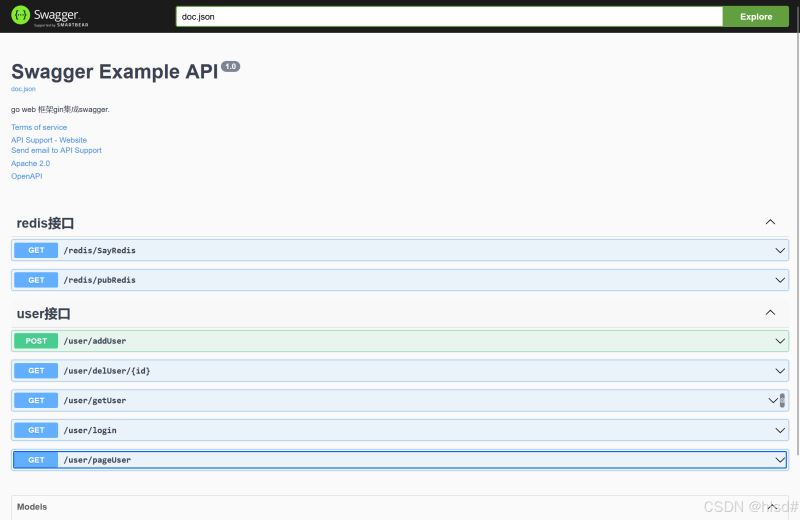Golang实现超时机制读取文件的方法
协程与通道 协程(Goroutine)是轻量级线程,可实现函数或方法与主程序流并行执行。使用go关键字:go func(){}。通道是协程直接的通讯管道,主要用于在协程间传输数据,即往通道写数据、从通
协程与通道协程(Goroutine)是轻量级线程,可实现函数或方法与主程序流并行执行。使用go关键字:go func(){}。通道是协程直接的通讯管道,主要用于在协程间传输数据,即往通道写数据、从通道读数据。 通过chan关键字声明通道,可以使用var或:=两种方式声明,也可以声明待缓存的通道,语法如下:
举例:
往通道写数据:
从通道读数据:
关闭通道:
Go 超时机制超时对于连接到外部资源或需要限制执行时间的场景来说非常重要。这是因为太长的服务器端处理将消耗太多的资源,导致并发性下降,甚至服务不可用。 利用select语句及并行协程实现超时,必须导入time包。然后使用time.After()参数创建通道,调用time.After(1 * time.Second)将在1秒后填充通道。下面示例通过通道和select实现超时:
首先创建缓存通道dataChannel,调用函数模拟复杂业务,2秒后从非阻塞通道返回结果。select语句实现超时。results := <- dataChannel等待结果,time.After(1 * time.Second)语句1秒后返回值,因此select首先等待1秒,超过1秒将超时。 下面利用该机制实现读取文件超时机制实现。 读取整个文件Go中读整个文件一般使用ioutil/os包中的Read File()函数,读取整个文件值字节slice。ioutil包最好别用于读取大文件,对于小文件完全够用。 os包包含执行参数数组Args,包括执行命令的所有参数,为字符串类型数组。
我们可以使用不同的超时时间进行测试:
按行读文件可以使用 bufio.Scanner 按行读文件,使用bufio.NewScanner(file)构造函数创建Scanner,然后通过Scan()和Text()方法逐行读取内容。使用Err()方法检查读取文件过程中的错误。
当然也可以使用不同超时时间进行测试,如超时场景:
按块方式读文件对于非常大的文件使用块方式读取非常有用,无需把整个文件加载到内存中,每次读取固定块大小内容。下面readFileChunk函数中需要创建缓冲区,每次读取该缓冲区大小的内容,直到io.EOF错误出现,表明已经到达文件结尾。 缓冲区大小、目标文件以及超时时间作为函数参数,其他逻辑与上面示例一致:
总结对于资源密集型程序正在执行时,Golang超时机制是必要的,它有助于终止这种冗长的程序。本文通过示例展示了不同方式读取文件的超时机制实现。 |
您可能感兴趣的文章 :
-
如何修改Go结构体的私有字段
文章正文 在 Go 语言中,结构体字段的访问权限是由字段名的首字母决定的:首字母大写表示公共字段(public),首字母小写表示私有字段( -
Golang实现超时机制读取文件的方法
协程与通道 协程(Goroutine)是轻量级线程,可实现函数或方法与主程序流并行执行。使用go关键字:go func(){}。通道是协程直接的通讯管道, -
golang如何解决go get命令无响应问题
golang go get命令无响应问题 操作 1 go get -v github.com/golang/net 现象 go get github.com/golang/net: module github.com/golang/net: Get https://proxy.golang.org/github.co -
Go语言中字符串赋值中的问题与解决方法
字符串的拼接方式 使用+号 使用+号拼接字符串的方式,每次拼接都会创建一个新的字符串,然后将原来的字符串复制到新的字符串中,这样 -
使用Go语言中的Context取消协程执行的操作介绍
使用 Go 语言中的 Context 取消协程执行 在 Go 语言中,协程(goroutine)是一种轻量级的线程,非常适合处理并发任务。然而,如何优雅地取消 -
Go语言加解密利器之go-crypto库用法解析
在软件开发中,数据安全和隐私保护越来越受到重视。Go 语言以其简洁高效的特性,成为了许多开发者的首选。然而,在实际项目中使用加 -
Go语言中的Defer机制的介绍
在Go语言中,defer是一个关键字,用于确保资源的清理和释放,特别是在函数中创建的资源。defer语句会将其后的函数调用推迟到包含它的函 -
Go集成swagger实现在线接口文档的教程
安装swaggo 1 go install github.com/swaggo/swag/cmd/swag@latest 编写swag 1 2 3 4 5 6 7 8 9 10 11 12 13 14 15 16 17 18 19 20 21 22 23 24 25 26 27 28 29 30 31 32 33 34 35 36 37 38 -
基于Golang+Vue编写一个手机远程控制电脑的懒人工
思路 Go语言负责后端,负责模拟键盘输入和鼠标移动 Vue负责页面编写,调用后端接口,使用petite-vue单个页面开发, 够轻量 go直接调用user32
-
go语言编程二维码生成及识别的介绍
2022-04-28
-
Go语言之文件操作的方法
2022-04-21
-
go语言代码生成器code generator使用介绍
2022-05-13
-
Go Excelize API源码阅读SetSheetViewOptions实
2022-08-17
-
Golang图片验证码的使用方法介绍
2024-05-07












